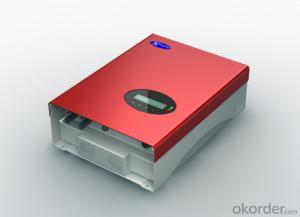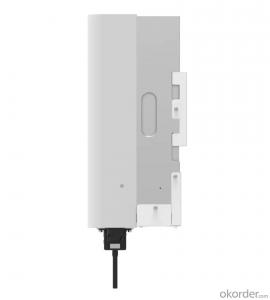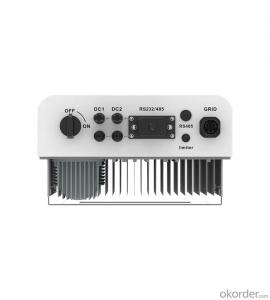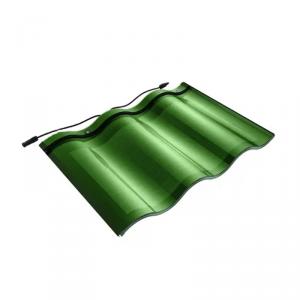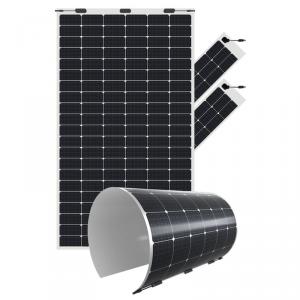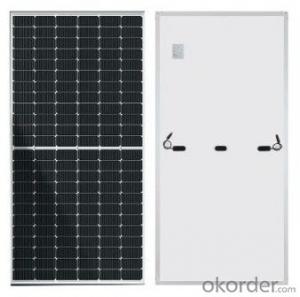Satcon Solar Inverter
Satcon Solar Inverter Related Searches
Statcon Solar Inverter Sun Solar Inverter Eaton Solar Inverter Icon Solar Inverter Sunshine Solar Inverter Solar Solar Inverter Sunpower Solar Inverter Solar Battery Inverter Suntech Solar Inverter Sunrun Solar Inverter Solar City Inverter Battery Solar Inverter Smart Solar Inverter Solar Home Inverter Smart Inverter Solar Sunway Solar Inverter Solar Power Battery Inverter Solar Energy Inverter Socomec Solar Inverter Victron Solar Inverter Solar Smart Inverter Smart Solar Power Inverter Solar Light Inverter Solar Converter Inverter Solar Rooftop Inverter Inverter With Solar Input Power Solar Inverter Solar Electric Inverter Portable Solar Inverter Sunny Solar InverterSatcon Solar Inverter Supplier & Manufacturer from China
Satcon Solar Inverter is a range of products designed to optimize the performance and efficiency of solar energy systems. These inverters are engineered to convert the direct current (DC) generated by solar panels into alternating current (AC), which can then be used by homes and businesses. The Satcon Solar Inverter is widely used in various applications, including residential, commercial, and utility-scale solar installations. They are known for their reliability, efficiency, and ease of integration with existing electrical systems.The Satcon Solar Inverter is utilized in a variety of scenarios, such as grid-tied solar systems, off-grid solar systems, and hybrid systems. These inverters are essential for ensuring that the solar energy generated by panels is effectively utilized and distributed. They play a crucial role in maintaining the stability of the solar power system and maximizing energy output. The Satcon Solar Inverter is also known for its user-friendly interface, which allows for easy monitoring and control of the system.
Okorder.com is a reputable wholesale supplier of Satcon Solar Inverter products, boasting a large inventory to cater to the diverse needs of customers. They offer competitive prices and reliable service, ensuring that customers receive the best value for their investment. By partnering with Okorder.com, customers can access a comprehensive selection of Satcon Solar Inverter products, making it easier to find the right inverter for their specific solar energy project.
Hot Products







